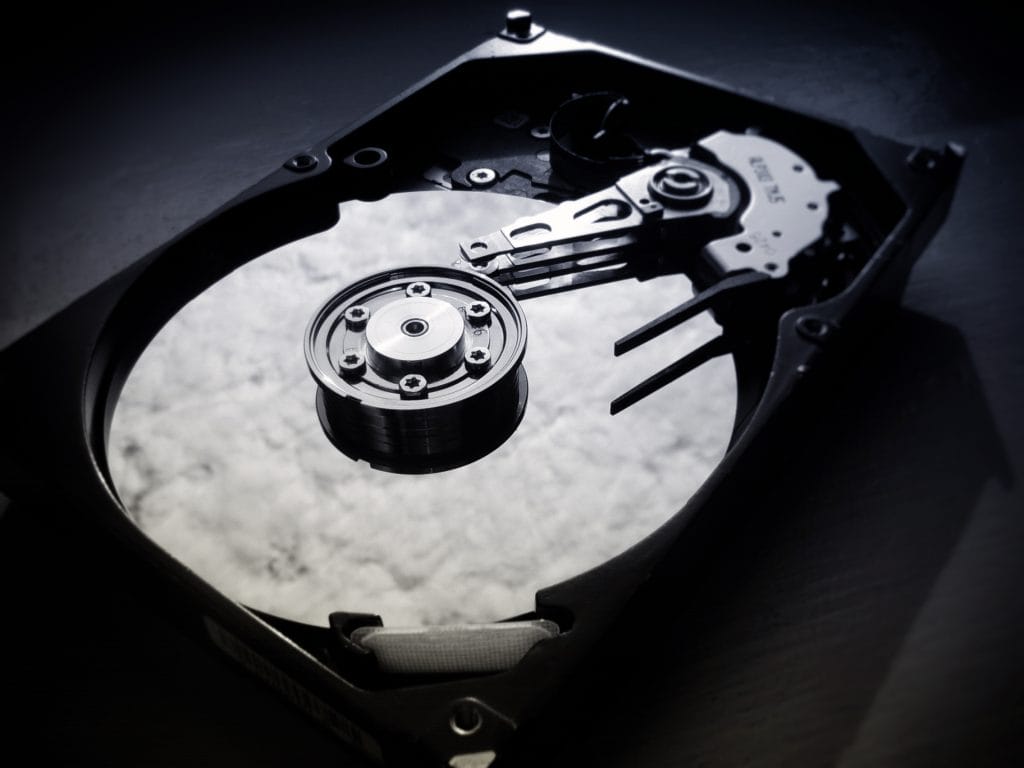Recently, there is a sharp increase in the use of RAID. However, it comes in different levels like RAID 0, RAID 1/10, RAID 5/50, or RAID 6/60. Therefore, it becomes a little difficult for people to choose which level is best suited to their needs.
Thus, in this article, we will explain important factors you must consider before choosing a RAID level.
Factors to Consider
Below are the most important factors to consider before choosing a RAID level:
1. Performance:
The most important factor to consider before choosing a RAID level is its performance. According to your application you need to choose a RAID level that best matches your workload. Remember that you must decide whether you need a better performance or data redundancy and define your priorities.
When it comes to performance, RAID 0 beats the rest as there is no RAID overhead. However, in case you need both performance and data redundancy, then go with RAID 10 option. RAID 5/50 is best for heavy read workload and opts for RAID 6/60 if you want high write performance and reading performance.
2. Data Protection:
Another critical factor for choosing RAID is data redundancy. It defines the level of protection present there. All systems have different features; thus, not every system can fulfill all your requirements and ensure less data loss. Although backing up is an excellent option. The best way to ensure data protection is by choosing the RAID level with maximum security.
RAID 10 or 60 is the best option for businesses having important data. Moreover, RAID 10 has better fault tolerance than RAID 0. Therefore it won’t fail if any one disk fails. However, no matter which level you choose, the possibility of data loss is always present.
3. Capacity:
The next factor is the capacity of a RAID level. This means how much net usable space does RAID level offer. Most RAID users are looking for more and flexible storage capacity.
Each RAID level has a different amount of net usable space. RAID 0 comes with 100 percent utilization capacity because there is no mirroring. Whereas in RAID 1/10, it offers 50 percent usability because of the mirroring feature. In terms of capacity overhead, RAID 5/50 is popular as it results in loss of only one disk worth of capacity. RAID 6/60 contains more capacity overhead than RAID 5/50. RAID 6/60 requires two disks worth of space for parity.
4. Cost:
The cost is the most important feature they are looking for when selecting the RAID level for many users. The first choice of a RAID user is to go with an affordable option. However, if you want a better feature, the price will automatically go up. Therefore, whenever you are choosing a RAID level, keep in mind your budget.
The most cost-effective RAID level is RAID 0 in terms of its performance and capacity. In contrast to capacity RAID, 1/10 is pretty expensive. However, considering the performance, it comes a little below than RAID 0. RAID 5/50 is a little expensive; however, it has a status of de-facto in RAID levels. And finally, RAID 6/60 is the most expensive one in all aspects.
Final Words
Before finalizing a RAID level, consider factors like its cost, performance, raid data recovery, and capacity.

